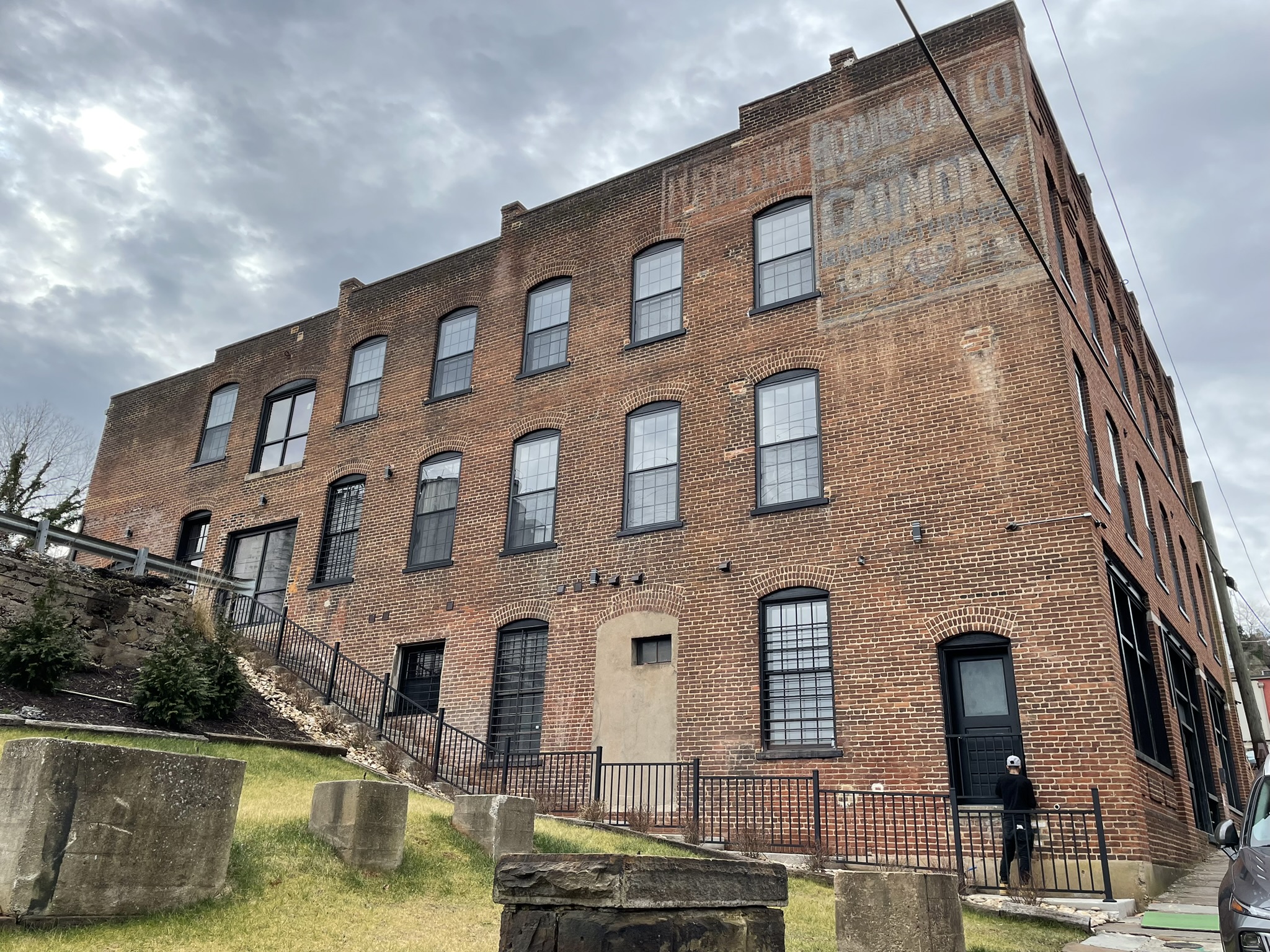A cost segregation study breaks down construction and acquisition costs of your property into specific asset classes with varying useful lives. By segregating components and allocating depreciation accordingly, the majority of property owners find significant tax savings. These categories include personal property, site improvements, buildings / structures, and land.
Whether it’s an office building, retail space, industrial facility, mixed use development, or specialty property, McCoy Valuation can help you unlock tax benefits with comprehensive and reliable support for your tax filings. We work closely with property owners and CPAs to ensure you have adequate information for the IRS that is compliant with the U.S. Tax Code.
‘Bonus depreciation’ rates will factor in the amount of tax savings for the first year the building was placed into service. Tax year 2022 was the last year for 100% bonus depreciation. It has officially dropped to 80% for 2023 and will drop an additional 20% each tax year through 2026.
What are the Benefits of a Cost Segregation Study?
Cost segregation allows you to front-load your depreciation deductions by segregating the various building components for accelerated depreciation (typically 5 years, 7 years, and 15 years). A cost segregation study is a valuable tool used by commercial property owners to reclassify assets and accelerate depreciation deductions, resulting in several benefits including:
- Increased Tax Savings: One of the most significant benefits of a cost segregation study is the potential for increased tax savings. By identifying and reclassifying certain assets, such as building components and improvements, as shorter-lived personal property or land improvements, you can accelerate depreciation deductions. This allows you to deduct a larger portion of the property’s cost in the earlier years of ownership, reducing your taxable income and resulting in lower tax liabilities.
- Improved Cash Flow: The accelerated depreciation resulting from a cost segregation study can lead to improved cash flow for property owners. With higher depreciation deductions in early years, you can free up more cash to reinvest in your property, make necessary improvements or renovations, and allocate funds for other investment opportunities.
- Enhanced Financial Reporting: A cost segregation study provides a more accurate allocation of costs to specific assets within the property. This detailed breakdown can lead to more precise financial reporting, allowing you to have a better understanding of the property’s performance and potential areas for cost optimization. Additionally, having a well-documented cost segregation study can make financial statements more transparent and compliant with accounting standards.
- Valuable Property Analysis: The process of conducting a cost segregation analysis involves thorough analysis of the property’s components and their associated costs. This attention to detail can provide valuable insights into the property’s condition, useful life, and potential opportunities for improvements or renovations. This information can help you make informed decisions about maintenance, repairs, and future investments to maximize the property’s value and returns.
How is a Cost Segregation Study Conducted?
Conducting a cost segregation study involves a systematic process that requires collaboration between the property owner, tax professionals, and cost segregation specialists. Here is a step-by-step overview of how a cost segregation study is typically conducted:
- Project Scoping and Planning: The first step in the analysis is to define the scope of the study. This involves gathering information about the property such as construction or acquisition costs, blueprints, and the relevant property records.
- Property Inspection: The cost segregation specialists will perform a detailed inspection and identify the subject property’s various assets and components. They will take note of items such as walls, flooring, electrical systems, plumbing, HVAC systems and other building elements. For recently constructed properties, they may also gather information on the costs associated with the original construction of the property.
- Cost Allocation: Once the assets are correctly identified, the professional can now classify them into their appropriate categories based on their useful life for tax purposes. As classified in IRS publication 946, the categories applicable to real estate are generally one of three types:
- Buildings/Structures: Large improvements such as buildings and other structures are depreciated over 27.5 or 39 years, depending on the specific property type.
- Personal Property: Typically includes furniture, fixtures, and equipment, which can be depreciated over 5 to 7 years.
- Site Improvements: Most commonly paving, landscaping, sidewalks, sewers and storm drains, and more that is depreciated over the course of 15 years.
- Report Preparation and Tax Analysis: The professional will compile the necessary data into a comprehensive report and use the information to adjust the property’s depreciation schedule for tax purposes. This involves applying the appropriate depreciation methods and recovery periods to each asset category per tax codes.
- Tax Return Filing: The tax specialist will use the information from the study to prepare the property owner’s tax return, reflecting the accelerated depreciation deductions resulting from the study. In the event of an IRS audit or review, the cost segregation report and associated documentation serve as evidence to substantiate the reclassification of assets.
- Ongoing Compliance and Updates: It is essential to maintain compliance with the relevant tax laws and regulations. Also, if significant renovations or improvements are made to the property, updates to the cost segregation study may be necessary to reflect any changes in asset classification and cost allocation.
- Benefit from Tax Savings: After the process has been completed with specific attention paid to the relevant tax laws and codes, the property owner can benefit from tax savings and ultimately add value to the property.
How Much Savings Can I Expect From a Cost Segregation Study?
The amount of tax savings you can expect from a well-conducted cost segregation analysis varies depending on several factors including the property’s size, cost, age, total property cost, applicable land value, selected method of depreciation, and the specific mix of property components depreciated over lesser periods. Additionally, the property owner’s tax situation, taxable income and other financial factors play a significant role in determining the overall tax savings.
While it is challenging to provide an exact figure without specific details, it is not uncommon for a well-conducted analysis to generate accelerated depreciation deductions of 5% to 15% of the property’s total cost. In some cases, the savings can be even higher, especially for larger properties with a substantial amount of personal property or land improvement assets.
What is the Fee and Timing for a Cost Segregation Study?
We typically produce such studies within one to three weeks and charge fees ranging from approximately $2,000 to $3,800, depending on complexity.
Our team at McCoy Valuation can help you navigate the intricacies of depreciation analysis to help you identify and unlock tax savings. First, we will evaluate your property to understand its components, condition, and financial profile. Then, we will complete an in-depth analysis focused on categorizing portions of your building into the appropriate useful life class. Lastly, by decreasing the usable lives of various components from the standard 27.5 or 39-years, we will increase depreciable expenses to lower your taxable income and reduce your tax burden. Your tax advisor/accountant will typically use the cost segregation estimates provided by us in completing tax returns.
Note that the information presented above is not considered tax advice and you should consult your tax advisor regarding individual tax issues.
Written by Thomas McCoy and William Wilson.




